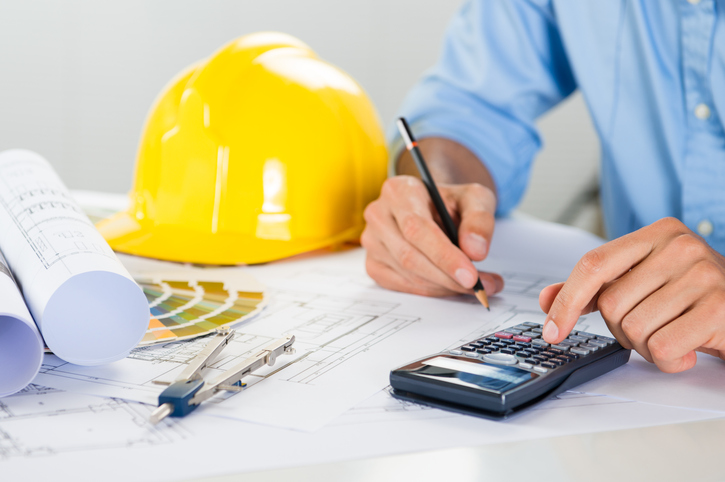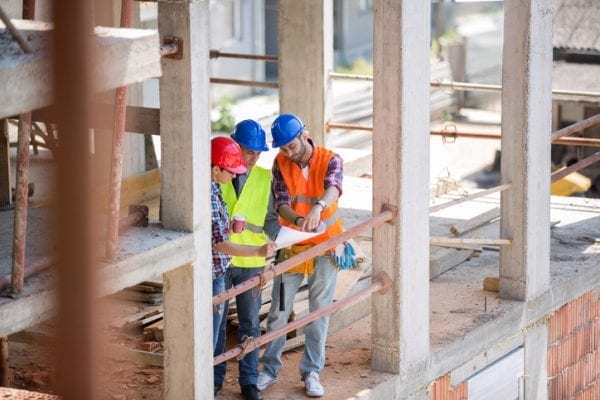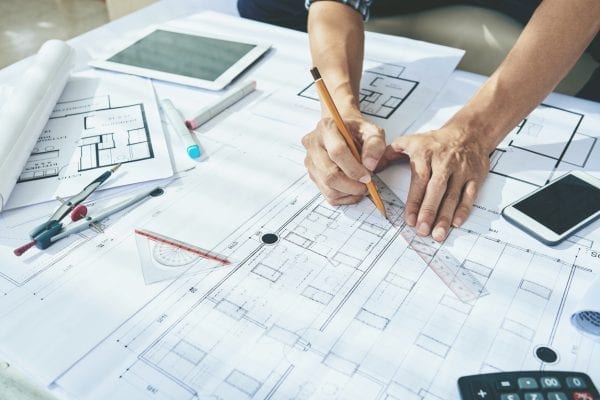If you’re looking for a free online construction cost calculator for your commercial project, you won’t have to look far. The internet is stuffed full of simple, convenient tools that allow you to enter your desired square footage, type of construction, location, and other factors to get a free estimate of what your project might cost.
Unfortunately, for all their convenience, these calculators are almost completely useless for commercial projects. While it would be nice to be able to estimate construction costs based on something as simple as square footage and intended use, the truth is that there are far too many complex factors involved for a simple plug-and-play calculator to be very useful, especially when it comes to commercial construction.
To get an accurate ballpark on your project, you have to look not only at size, type, and location, but also take into consideration:
- Local building codes
- Currently available materials
- Design
- Environmental concerns
- Current market factors
- Site conditions
- Type of occupants
Your cost to construct will also vary based on whether you intend to hold the property or sell it, and the priority you place on:
- Longevity of materials and components
- Energy efficiency
- Other environmental concerns
Finally, and importantly, aesthetics must also be considered.
Non-Exhaustive List of Factors Impacting Construction Cost
| Square Footage | Intended Uses |
| Number of Floors | External Components |
| Location | Building Codes |
| Available Materials | Design Considerations |
| Environmental Concerns | Underlying Geology |
| Site Conditions | Current Market Factors |
| Type of Occupants | Longevity of Materials and Components |
| Energy Efficiency | Aesthetics |
Some of the better calculators take many of these factors into account, but will still provide a wildly inaccurate estimate if you don’t have current industry and market knowledge to apply to your inputs. Garbage in equals garbage out.
Some online calculators attempt to make it possible for non-experts to achieve a reasonable estimate by arranging factors into categories such as “luxury,” “semi-luxury,” “best standard,” “good standard,” “average standard,” and “minimum standard.” These are subjective categories at best, and don’t reflect the wide variation in requirements for commercial building. For instance, the needs of a medical building that will be client facing are vastly different from the needs of a factory floor or a retail establishment or a laboratory. Any given commercial building may include a mix of use types within the same building, and each location will have specific codes and other requirements to meet for each type of use that will occur within the building.
To understand how widely variable these factors can be, consider a detail as seemingly simple and unimportant as the finish on an interior wall. If this wall is the inside of a warehouse, obviously it may not need finishing at all. If it is on the inside of a high-end clubhouse, it will necessarily require a high-end finish. In between these two extremes are many, many other variables. The hall of a school building may not require a beautiful finish, but it will require a tough one that can stand up to the heavy wear and tear produced by a large numbers of teenagers moving through the space several times a day. The interior of an office building, on the other hand, may need neither high aesthetics nor particular toughness, but should be attractive enough to meet the aesthetic desires of tenants.
Multiply this seemingly minor detail by every wall, floor, ceiling, window, plumbing choice, lighting fixture, elevator, stair well, and escalator throughout the entire building. Then multiply that by the factors involved in designing HVAC systems, electrical systems, fire protection, roofing, foundation, and exterior surfaces. Consider also that every new development must also incorporate wastewater management, stormwater management, parking, outside lighting, and many other external features.
It quickly becomes clear that the calculations involved will never be simple.
To get an accurate estimate, you need the expertise of someone who understands the needs of specific types of construction and who has current real-time knowledge of market factors, building codes, and the latest construction techniques and technologies.
If your team has all of this expertise, a good calculator may work for you. Otherwise, to get a solid estimate, you need to contact an experienced construction firm with a track record of on-budget projects in your industry and area.
At GLE, we have a 28-year history of delivering creative, cost-effective, well-built projects in multiple industries, including medical, hospital, laboratories, religious buildings, multi-family residential, office, retail, factory, warehouse, and government buildings. Our multidisciplinary team serves the southeastern United States, and is standing by to help you estimate the cost of your next project.






